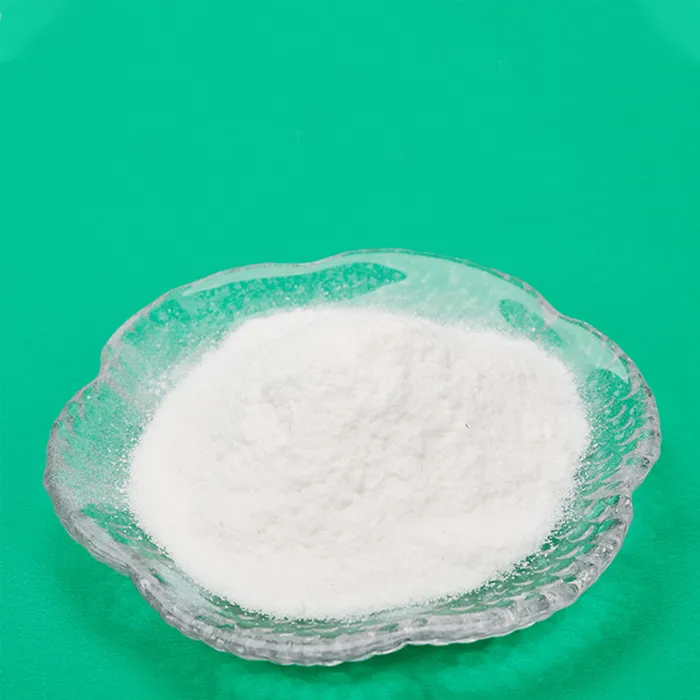Understanding Sodium Thiocyanate Chemical Formula and Applications
Sodium thiocyanate, a chemical compound with the formula NaSCN, is a significant substance in various fields, including chemistry, biology, and industrial applications. It is an ionic compound that consists of sodium ions (Na⁺) and thiocyanate ions (SCN⁻). The thiocyanate ion is made up of a sulfur atom, a carbon atom, and a nitrogen atom, showcasing the compound’s composition and functional versatility.
Chemical Properties
Sodium thiocyanate can be represented by its molecular structure, showcasing the linkage between sodium and the thiocyanate group. The thiocyanate ion is a pseudohalide, meaning it behaves similarly to halogens. This compound is highly soluble in water, forming a clear solution. The solubility of sodium thiocyanate in polar solvents like water indicates its ionic nature, facilitating a wide range of chemical reactions.
In terms of stability, sodium thiocyanate is relatively stable under normal conditions but can decompose when exposed to high temperatures. Furthermore, it can interact with various metals and metal ions, often forming coordination complexes, which can be utilized in various chemical synthesis processes.
Production and Synthesis
Sodium thiocyanate can be produced through various methods, predominantly by reacting sodium bicarbonate or sodium carbonate with ammonium thiocyanate. This synthesis approach is significant not only for its efficiency but also for its ability to produce a highly pure form of sodium thiocyanate, suitable for industrial applications.
Another method involves the reaction of sodium hydroxide with carbon disulfide and ammonia. This procedure highlights the compound’s versatility and its various synthetic routes, providing grounds for scalable production in laboratories and industrial settings.
Applications of Sodium Thiocyanate
sodium thiocyanate chemical formula

The applications of sodium thiocyanate are broad and varied. In the laboratory, it serves as a reagent in various chemical reactions, particularly in the synthesis of thiocyanates. Its ability to form complexes allows chemists to manipulate reactions to yield desired products, enhancing the compound's utility in organic chemistry.
In the field of biology, sodium thiocyanate is used in various applications, including acting as a reagent in the biochemical analysis of compounds. Its ability to release cyanide under certain conditions can also be exploited for analytical purposes, helping to determine the presence of certain metal ions in solutions. However, caution is required due to its potential toxicity, which makes understanding its properties crucial.
Industrial applications of sodium thiocyanate are extensive. It is utilized in the manufacture of plastics, agrochemicals, and in mining processes, particularly in the extraction of precious metals. Additionally, its role as a herbicide highlights its importance in agriculture; however, regulatory supervision is critical due to its environmental impact.
Safety Considerations
Despite its usefulness, safety must be prioritized when handling sodium thiocyanate. It is classified as a toxic substance and can pose health risks if ingested or inhaled. Exposure can lead to cyanide poisoning, which necessitates proper laboratory practices, including the use of personal protective equipment (PPE) and adherence to safety protocols.
Understanding the potential risks associated with sodium thiocyanate allows researchers and industrial operators to implement necessary safety measures. Regular training and updated safety protocols can mitigate risks and ensure safe usage in laboratories and industrial settings.
Conclusion
Sodium thiocyanate, with its chemical formula NaSCN, embodies a compound with extensive applications across multiple domains. Its usefulness in chemical synthesis, biological analysis, and industrial processes underscores its importance. However, with these benefits come significant safety considerations, emphasizing the need for responsible handling and usage.
In summary, sodium thiocyanate is more than just a chemical formula—it is a vital compound that plays a crucial role in modern science and industry. As research continues, its applications and methods of synthesis may evolve, but its foundational role in chemistry remains steadfast. Understanding its properties and implications will ensure that it can be used effectively and safely in various fields.

